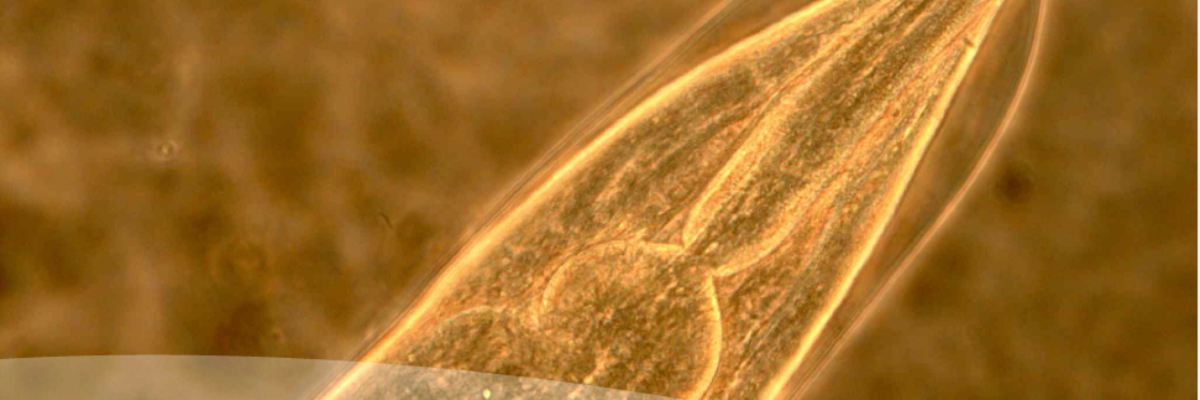
Scientists at the Institute of Vertebrate Biology discovered a new hybrid zone in parasites of mice
Scientists at the Institute of Vertebrate Biology discovered a new hybrid zone in parasites of mice
Fri Jan 18 11:13:23 CET 2019
A team of scientists at the Institute of Vertebrate Biology of the Czech Academy of Sciences managed to describe a hitherto unknown hybrid zone in parasites of mice. This important discovery, which can facilitate information crucial for understanding of origins and proliferation of new infectious diseases, has been recently published by the Molecular Ecology journal.
Hybrid zone is a term for an area where two different animal species or subspecies intersect and where fertile offsprings come from their crossbreeding. An intensive research of thousands of rodents has shown that each host subspecies carries genetically unique parasites – also on the level of separate species or subspecies. These interbreed in the hybrid zone of mice, as well, creating their own hybrid zone.
Matryoshka effect
“We are talking literally about hybrid zones inside hybrid zones, so we have called them matryoshka hybrid zones,” explains Joelle Gouy de Bellocq from the Institute of Vertebrate Biology.
“Hybridization in parasites has been known for some time, but curiously enough, hybrid zones in parasites have not been described in nature until now,” says Stuart J. E. Baird, another member of the research team.
These findings of the research team present a major discovery. The matryoshka hybrid zone creates unique conditions for study of evolutionary processes which form relations between parasites and their hosts. This can contribute significantly to a better understanding of origins and proliferation of new infectious diseases.
Secret of hybrid zones
Hybrid zones fascinate scientists because they can teach them many things about evolutionary processes including the creation of species. One of the mysteries, however, is the very way how these zones are maintained and how is it possible that both species do not mix completely in time, gradually eliminating the hybrid zones.
In the Czech Republic, several hybrid zones can be found. For example, we know a zone between the European hedgehog and the northern white-breasted hedgehog, between the hooded crow and the carrion crow, or between two subspecies of mice.
The last-mentioned hybrid zone stretches from the North Sea to the Mediterranean, cutting through the Czech Republic at its westernmost part. Zoologists from the Institute of Vertebrate Biology of the CAS have long studied evolutionary processes in this geographic area. In previous studies they have shown that this hybrid zone is maintained mostly due to a lower fertility of the hybrids.
In the last few years they have studied genetic variability of many different parasites in both subspecies of mice and their hybrids, focusing especially on two parasites in their hybrid zone: a pinworm (Syphacia obvelata), commonly found in mice’s intestines, and a species of fungus (Pneumocystis murina), which resides in their lungs.
Cause of new diseases
The scientists found that both parasites copy the genetic structure of their hosts, also creating a hybrid zone with hybrid (recombinative) individuals. It’s these recombinative individuals that frequently cause the spread of serious epidemics (such as the so-called Spanish flu) or creation of new diseases, or originate resistance toward various medicines. Also of note is the fact that hybrid zones of both parasites are narrower than hybrid zones of mice (most likely due to a shorter generation period).
The article Holobiont suture zones: Parasite evidence across the European house mouse hybrid zone is available here.
Original Czech text prepared by: Markéta Růžičková, Department of Media Communication of the Head Office of the CAS, in cooperation with Alena Fornůsková, Institute of Vertebrate Biology of the CAS
Photo: Institute of Vertebrate Biology of the CAS
